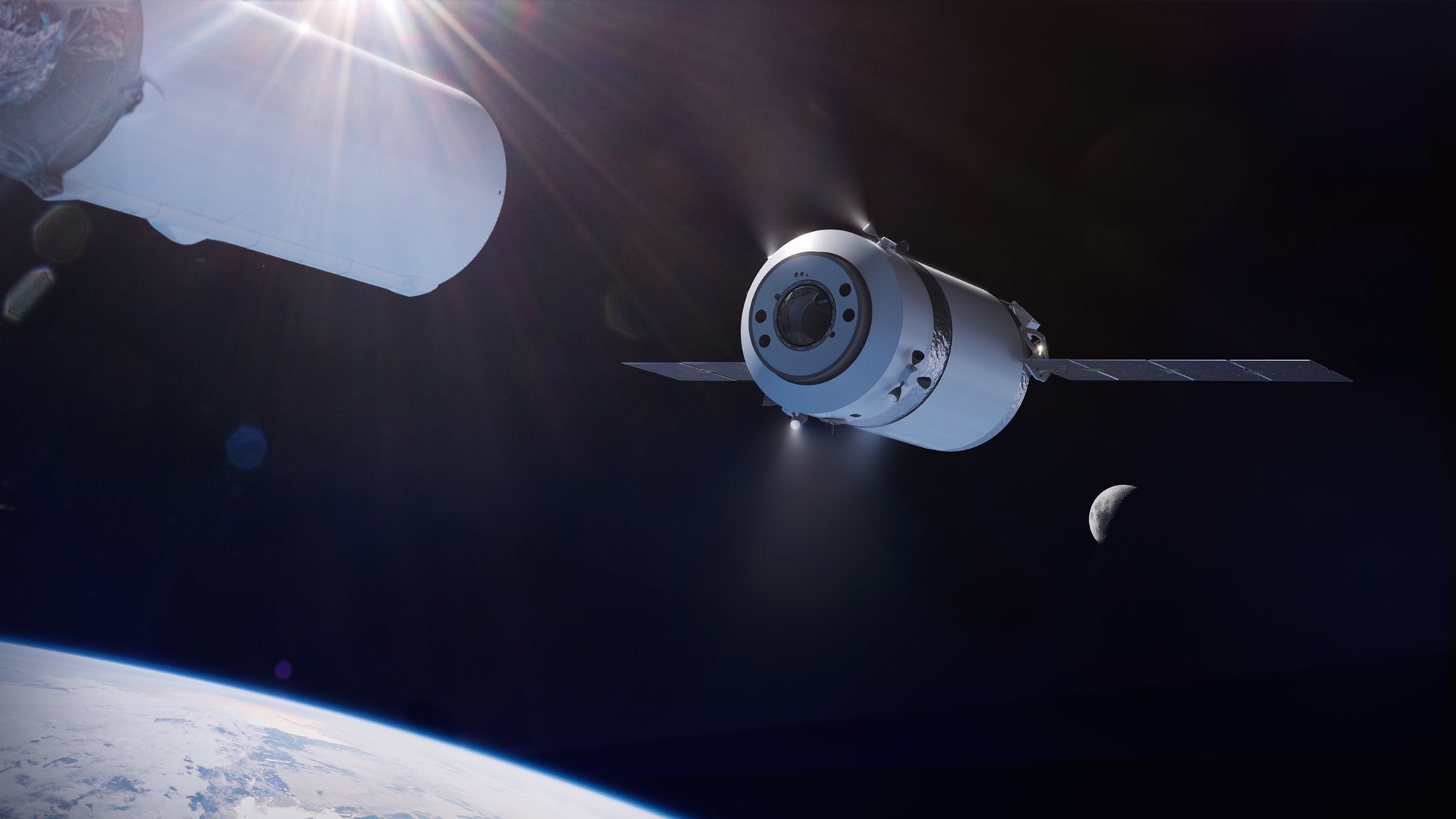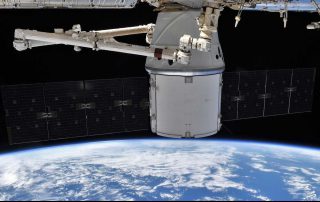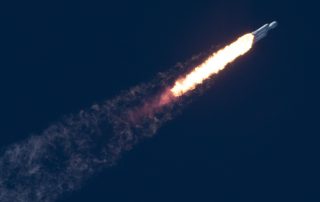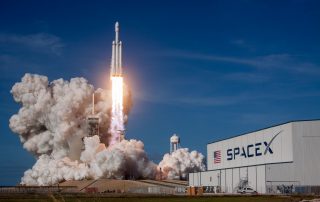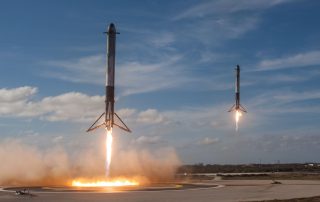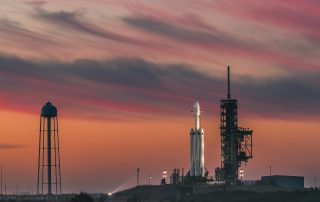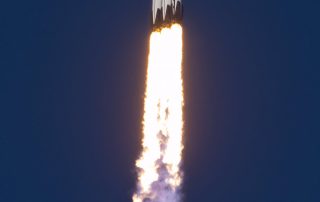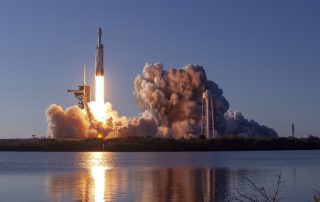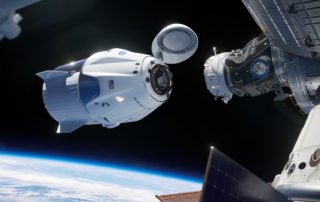Since 2012, Elon Musk‘s company, Space Exploration Technologies Corp. otherwise known as SpaceX, has been providing cargo delivery services for NASA as part of their Commercial Resupply Services (CRS) contracts to the International Space Station after the end of the Space Shuttle era. However, the bar has been raised and SpaceX is now contracted to fly similar missions with critical pressurized & unpressurized cargo to NASA’s planned lunar orbiting space station called Gateway under their new Gateway Logistics Services (GLS) contract.
SpaceX will launch a variant of Dragon, optimized to carry more than 5 metric tons of cargo to Gateway in lunar orbit https://t.co/NdJaFU1xSD
— SpaceX (@SpaceX) March 27, 2020
Formerly known as the Deep Space Gateway (DSG), NASA’s Lunar Gateway is a planned lunar orbiting space station that is intended to serve as a short-term habitat and staging area for cargo & crew prior to their descent to the surface of the moon. It is expected to play a major role in NASA’s Artemis program. The first bit of construction for the outpost is scheduled to begin no earlier than 2022 as NASA prepares for its goal of returning humans to the lunar surface by 2024.
“This contract award is another critical piece of our plan to return to the Moon sustainably. The Gateway is the cornerstone of the long-term Artemis architecture and this deep space commercial cargo capability integrates yet another American industry partner into our plans for human exploration at the Moon in preparation for a future mission to Mars.”
Jim Bridenstine, NASA Administrator
This type of mission seems right up SpaceX’s alley considering the experience they’ve gained over the last eight years flying cargo aboard their CRS missions to the International Space Station. To-date, SpaceX has flown twenty CRS missions and is still contracted for another six more to launch aboard their Falcon 9 rocket which is capable of launching up to six metric tons (13,200 lbs.) to low Earth orbit. During each mission, SpaceX’s Dragon capsule typically remains attached to the ISS for approximately four weeks when it then returns back to Earth to be reused again later.
SpaceX’s new Dragon XL capsule, however, will be designed to carry more than five metric tons (11,000 lbs.) of cargo all the way to the lunar orbiting station using their much larger Falcon Heavy launch vehicle. These cargo missions will be intended to remain at the Gateway for a duration between six and twelve months at a time!
“Returning to the moon and supporting future space exploration requires affordable delivery of significant amounts of cargo. Through our partnership with NASA, SpaceX has been delivering scientific research and critical supplies to the International Space Station since 2012, and we are honored to continue the work beyond Earth’s orbit and carry Artemis cargo to the Gateway.”
Gwynne Shotwell, SpaceX President & COO
SpaceX is just the first of at least two commercial providers that are helping NASA rapidly expand its capabilities in order to meet their timeline of returning to the surface of the moon by the year 2024. NASA has $7 billion allocated to cover commercial cargo missions over a period of up to 15 years and each commercial partner selected is guaranteed to fly at least two missions. It’ll be exciting to see who else NASA selects to perform these operations as well as who will be awarded the coveted landing services contracts, which have yet to be announced. In November 2019, NASA announced that SpaceX was added to a list of 14 companies all vying for contracts to put landers on the moon. These announced partnerships don’t yet guarantee that any of them will receive contracts to actually perform those services, but NASA is actively working with those commercial providers to determine who will be awarded those contracts. Stay tuned!

